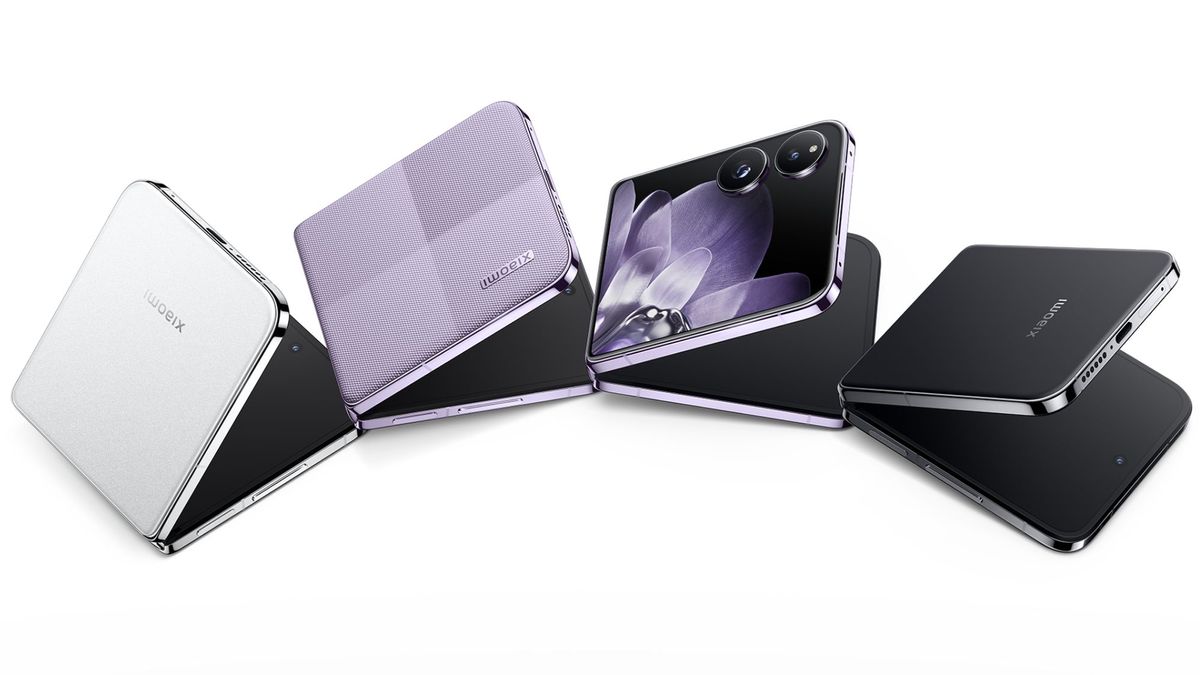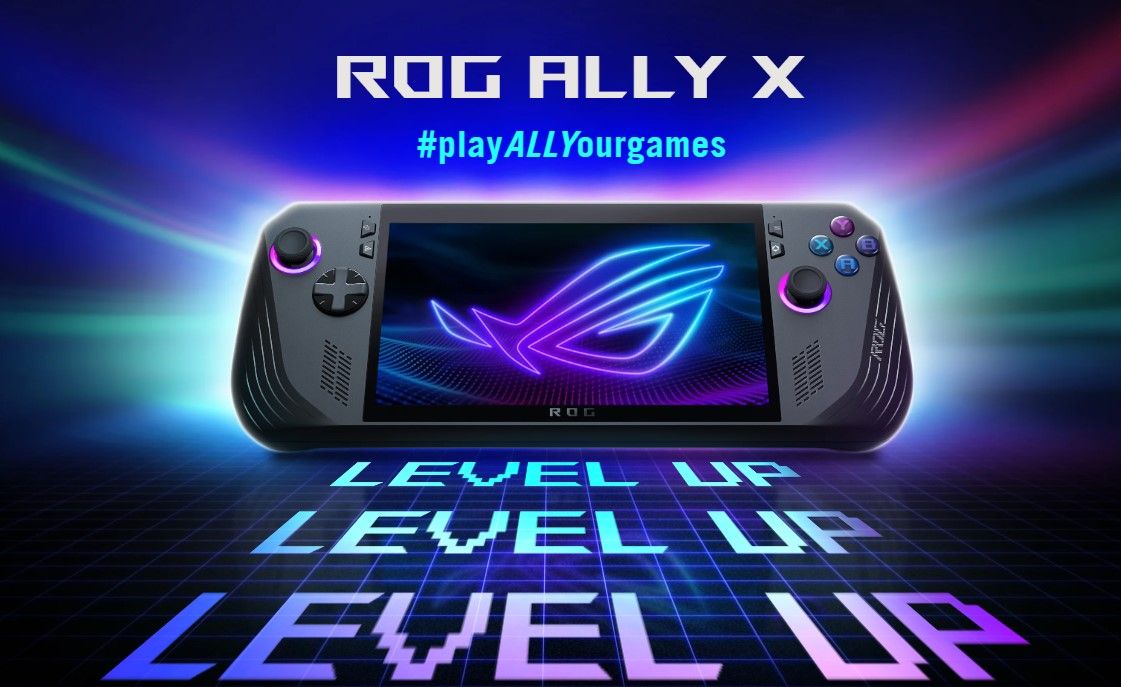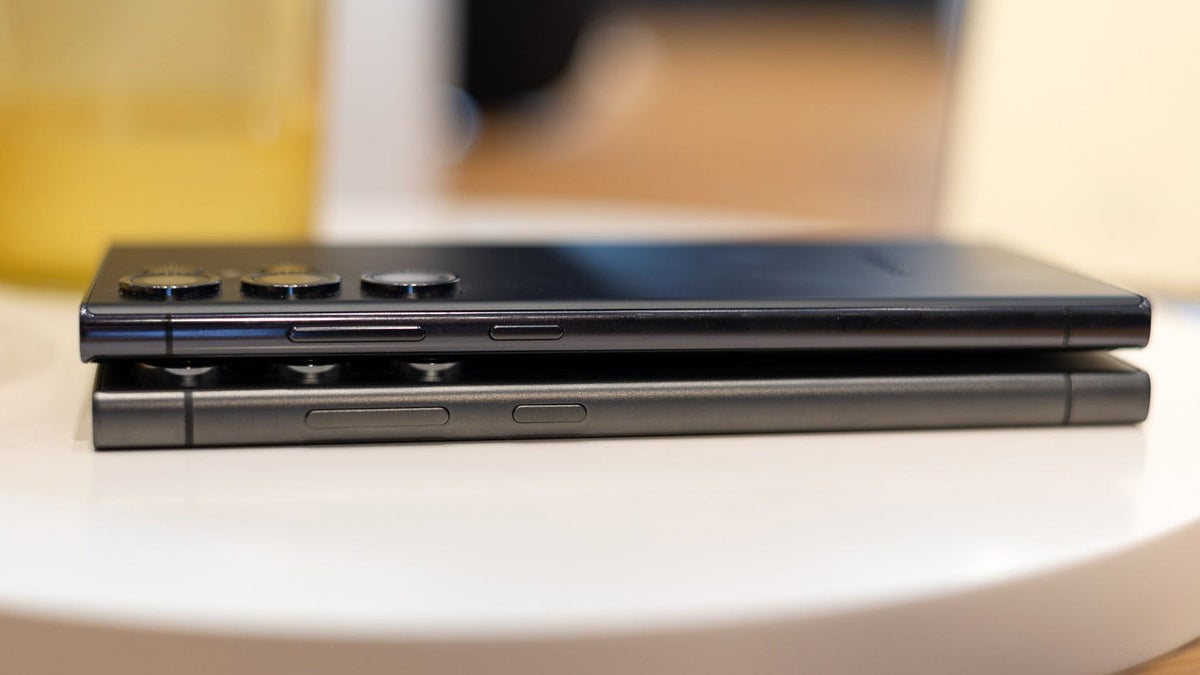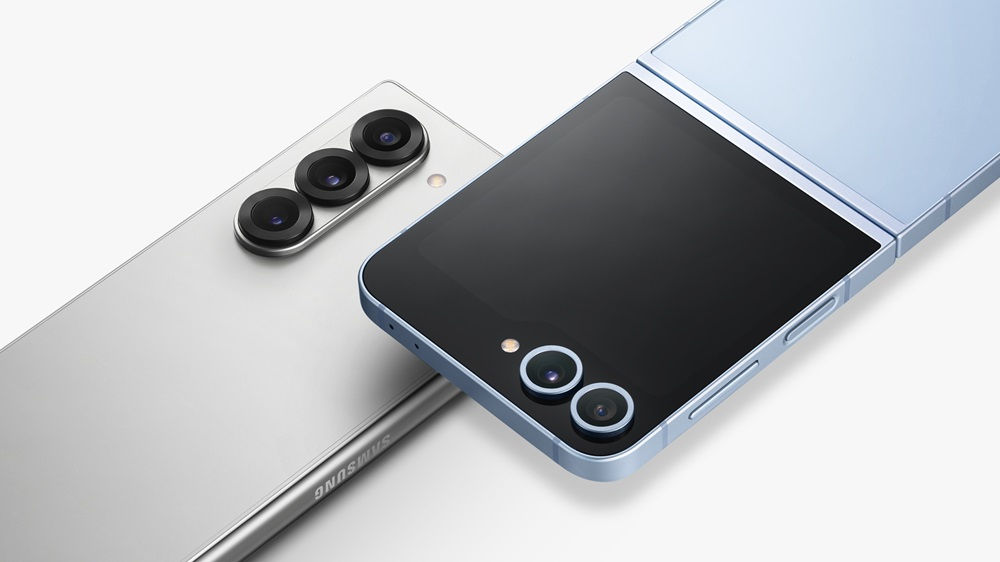The MSI Claw has the potential to be one of the best (or one of the worst) gaming handhelds on the market, and there are four reasons why.
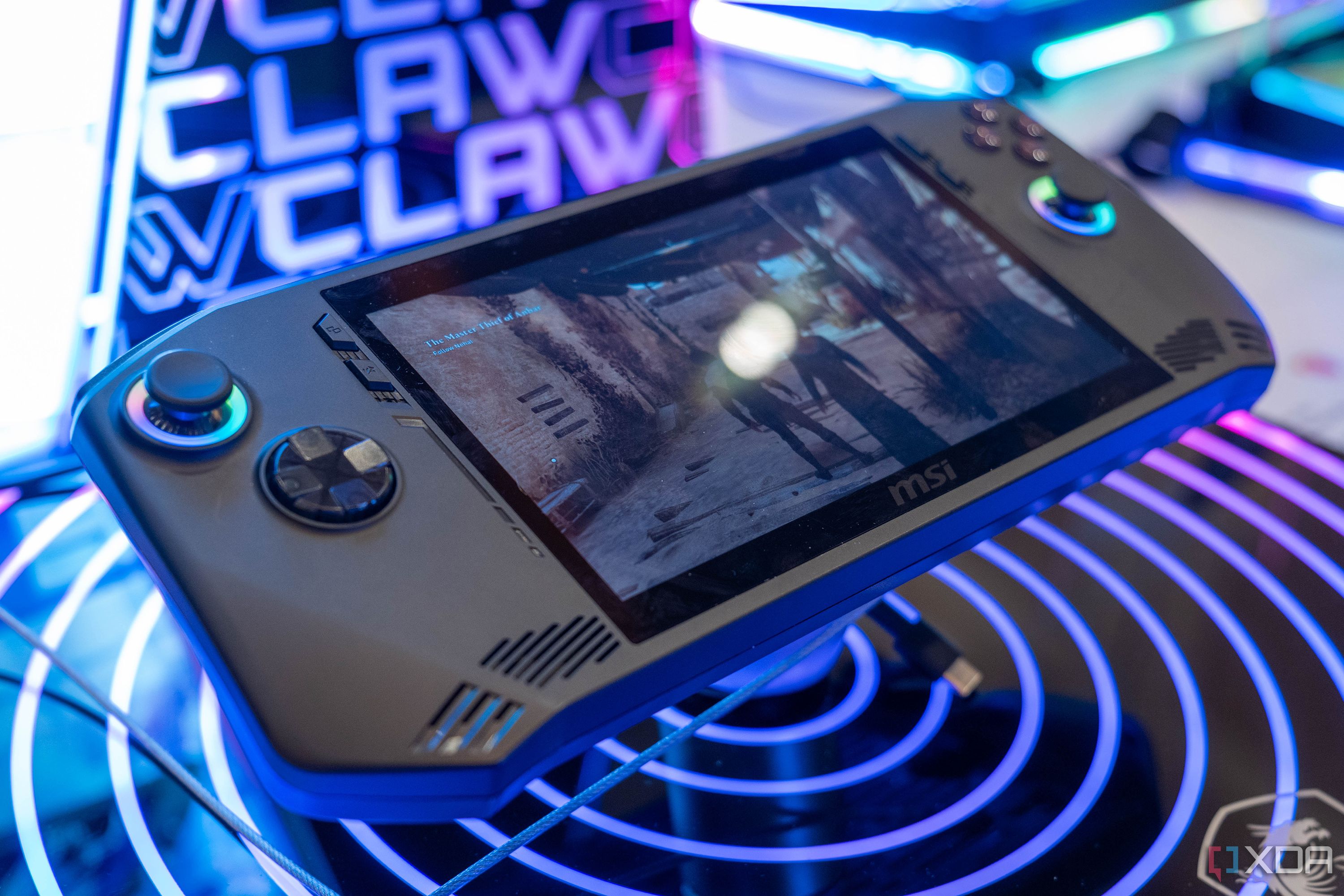
Key Takeaways
- The MSI Claw features Intel’s new Core Ultra chipset, which is faster and more efficient than AMD processors, potentially giving it an advantage in the PC gaming handheld market.
- The design of the MSI Claw is not unique enough, as it resembles the Asus ROG Ally and lacks differentiation from its competitors.
- The Hall Effect joysticks are a standout feature of the MSI Claw, as they eliminate stick drift and provide a longer lifespan than typical joysticks. However, the display of the MSI Claw is not as impressive as other handheld options on the market.
PC gaming handhelds are on the rise, and the market — once dominated by the Steam Deck — is now full of plenty of great alternatives. MSI will join the party in the second half of 2024 with a new device called the MSI Claw. It looks a lot like some of the other gaming handhelds we’ve reviewed but with a twist. On the inside, it features Intel’s new Core Ultra chipset compared to a competing option from AMD.
Is it too late for MSI to capture some of the PC gaming handheld market? Maybe, and maybe not. Whichever way it works out, four key factors will determine whether the MSI Claw has immense success or fails to make a big impact.
4 Pro: MSI Claw has Intel Core Ultra
Core Ultra should be faster and more efficient than AMD handhelds
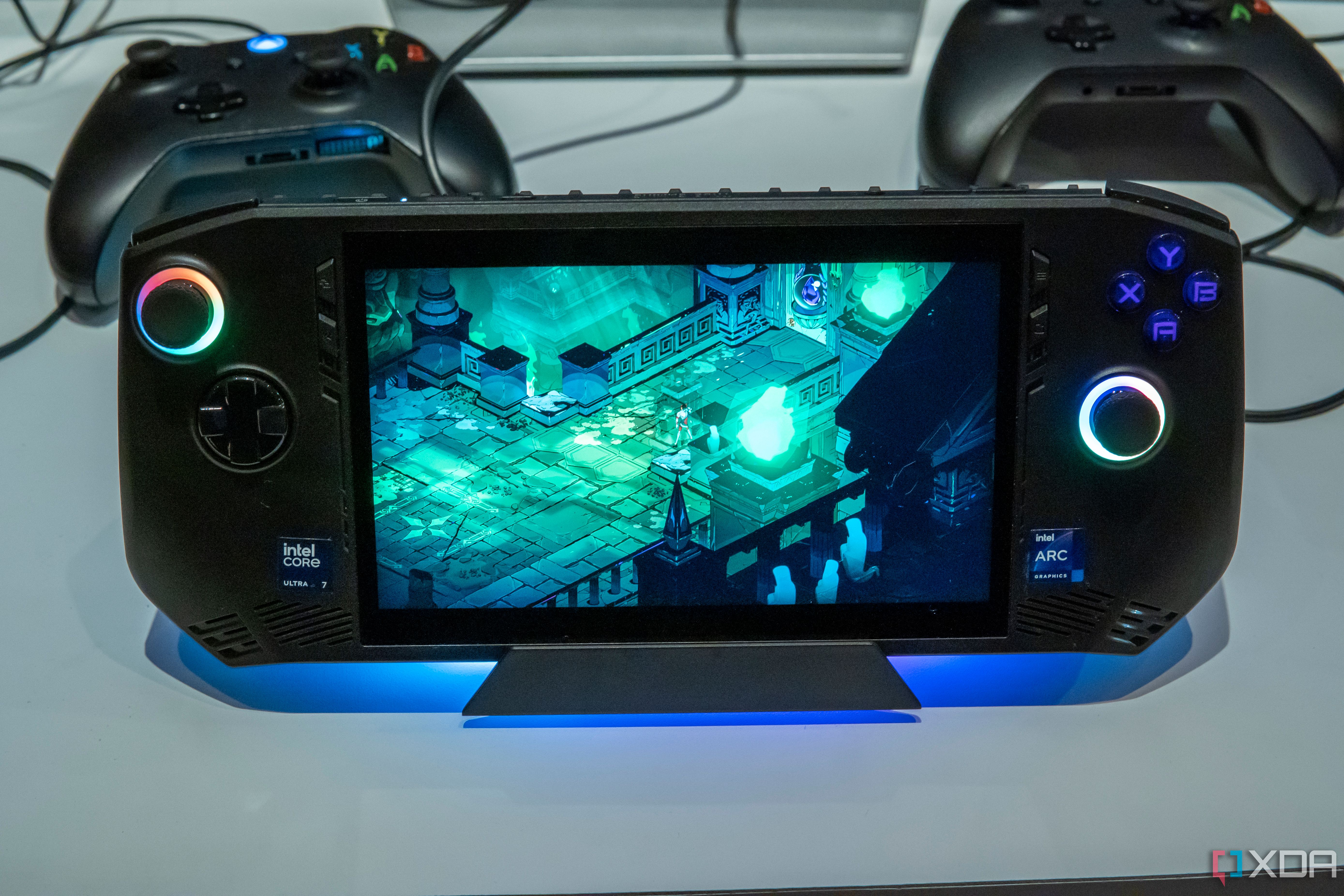
It took a while for Intel to catch back up in the performance and efficiency game, but the chip fabrication giant is back. According to early metrics, Intel Core Ultra is faster and more efficient than AMD processors. Our review of the Acer Swift Go 14 with Core Ultra in tow provided mixed results in terms of battery life and efficiency. In some situations, it was great — but it was inconsistent.
Based on what we know about Core Ultra, it can potentially elevate the MSI Claw. No form factor benefits more from an industry-leading mix of power and efficiency than PC gaming handhelds, and Intel Core Ultra could be a difference-maker for the MSI Claw.
Just look at what MSI managed to do with its MSI Prestige AI 16 Evo, which packs the same Core Ultra chipset that the MSI Claw will feature:
MSI Prestige AI 16 Evo (Intel Core Ultra 7-155H) | Acer Swift Edge 16 (Ryzen 7 7840U) | Lenovo Yoga 9i Core i7-1360P | MSI Prestige 14 Evo (Intel Core i7-13700H) | |
|---|---|---|---|---|
PCMark 10 | 6,954 | 5,942 | 6,115 | 6,176 |
3DMark: Time Spy | 3,922 | 2,908 | 1,748 | 2,073 |
Geekbench 6 (single / multi) | 2,426/12,812 | 2,465 / 9,262 | 2,464 / 10,859 | 2,515/12,570 |
Cinebench R23 (single/multi) | 1,814/14,472 | 1,741 / 9,194 | 1,810 / 7,869 | 1,906/13,093 |
Cinebench 2024 | 106/842 | N/A | N/A | N/A |
CrossMark (overall) | 1,714 | 1,518 | N/A | 1,827 |
As you can see in the above tests, Intel Core Ultra can handily beat competing AMD chips in some situations. What it doesn’t show is how efficient the Core Ultra is compared to AMD systems, and that’s something we’ll have to test more when we get our hands on the MSI Claw.
3 Con: It isn’t unique enough
From the outside, it looks like an Asus ROG Ally in black
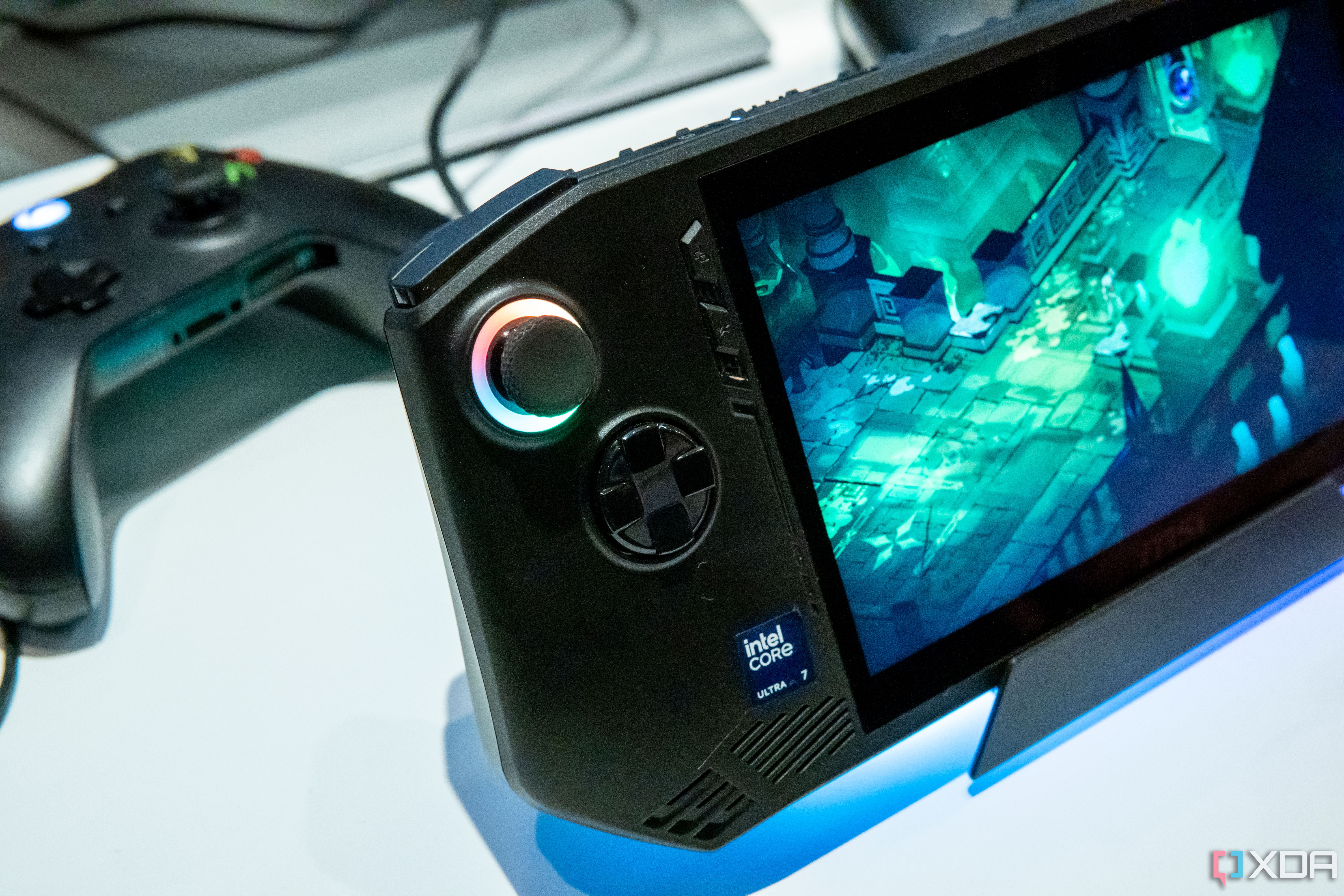
While the MSI Claw is separated from other gaming handhelds thanks to the Intel Core Ultra, the same can’t be said about the handheld’s design. It looks a lot like the Asus ROG Ally, all the way from the build of the handheld to the RGB ring around the joysticks. If you saw it from far away, you might mistake it for a black colorway of the ROG Ally. This is a problem because MSI is a late entrant to the PC gaming handheld market. The company needed to be different from its competitors to convince users — or prospective buyers — to try MSI’s option. And MSI didn’t do that, at least in terms of design.
2 Pro: Hall Effect joysticks will be a hit
The MSI Claw won’t experience stick drift like other gaming handhelds
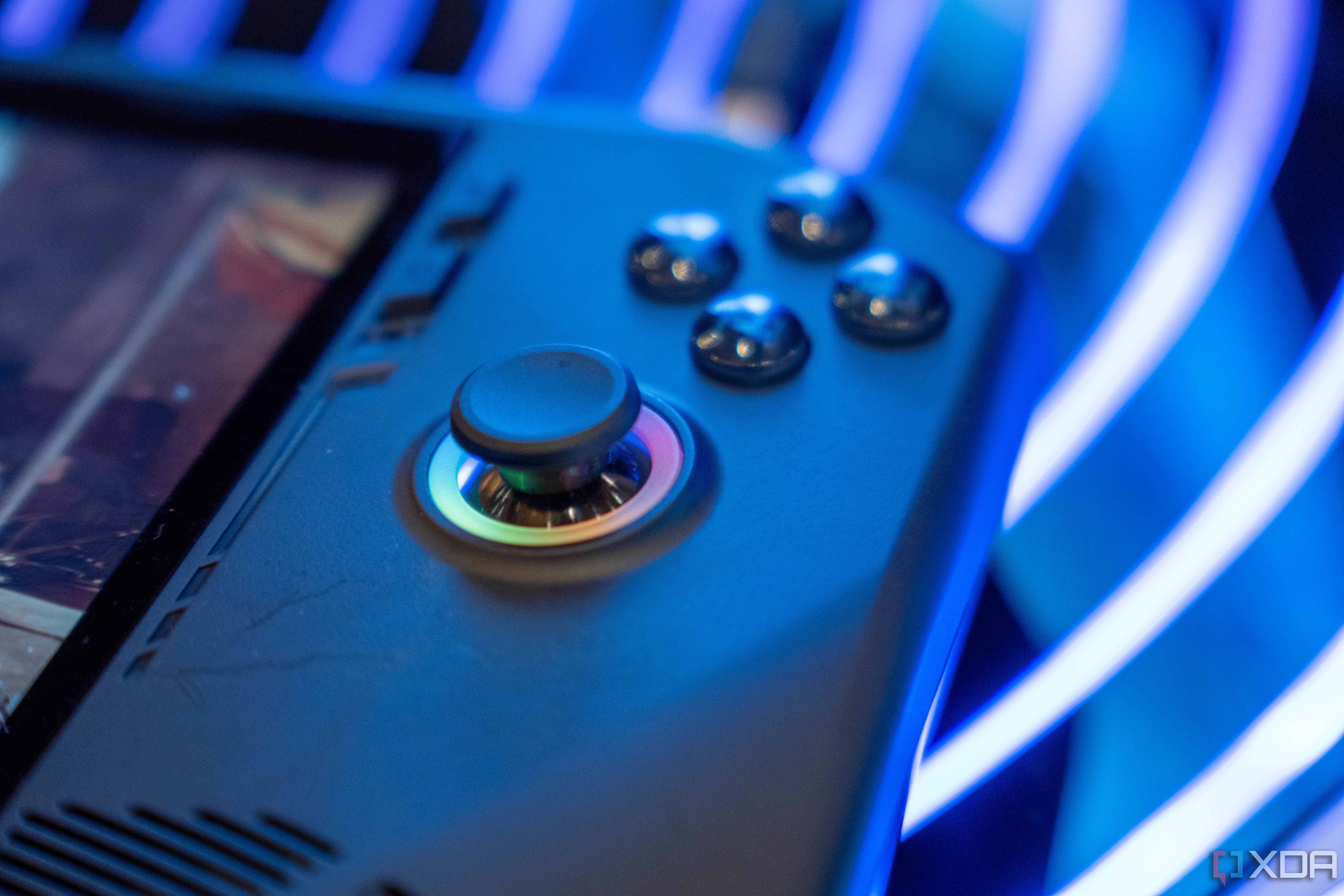
A subtle upgrade MSI has made on the Claw is the inclusion of Hall Effect joysticks. These are an optional, at-home upgrade for most gaming handhelds, but they ship with the MSI Claw as the default. Eventually, typical joysticks develop stick drift, which is when the joystick detects inputs when there aren’t any. Without getting too technical, this happens because most joysticks use potentiometers to record the stick’s position. There is a track inside the potentiometers used to detect position. These tracks wear out over time, and you end up with stick drift.
But you won’t experience this problem on the MSI Claw thanks to Hall Effect joysticks. Joysticks that use the Hall Effect use magnets instead of a track, so the magnets and the conductor never physically connect with each other. That means these joysticks won’t wear out like typical joysticks might. It’s important to note that Hall Effect joysticks can still get stick drift, but it usually takes much longer. We’re talking about decades as opposed to a year or two, potentially. As such, the Hall Effect joysticks on the MSI Claw are a key benefit to choosing it over alternatives.
1 Con: The display is lackluster
The MSI claw isn’t OLED, nor does it have the highest resolution
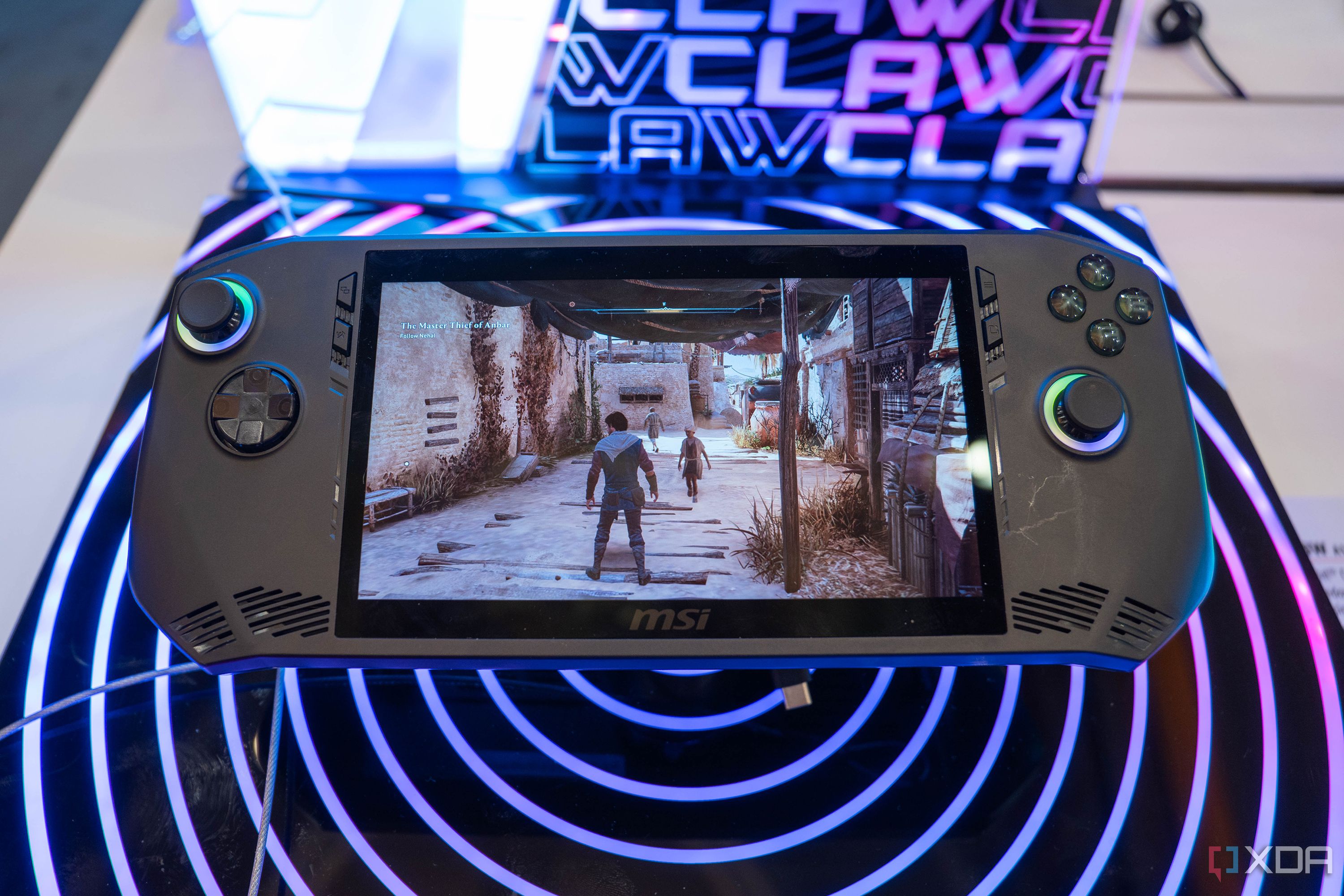
Another reason why MSI might face an uphill battle with the MSI Claw is because the display isn’t anything special. In 2024, each handheld has a killer display feature. The Steam Deck OLED is, well, OLED. The ROG Ally has a high-resolution display, and the Lenovo Legion Go has a large display. None of them have a perfect display. The Steam Deck, for example, has an 800p display. However, all the options above have something that separates each one from the pack.
The MSI Claw doesn’t have anything that makes the display unique. It sports a 7-inch IPS display with a 1080p resolution and a 120Hz refresh rate. None of those specs are bad, to be clear. But the MSI Claw isn’t the biggest, it isn’t OLED, it isn’t the highest resolution, and it doesn’t have the highest refresh rate. So, it could be tough for MSI to pull people away from other options with at least one captivating display feature.
Can it beat existing PC handheld devices?
The jury is still out on the MSI Claw, and we won’t get more clarity until we review it ourselves. But it’s easy to see that MSI has the potential for a winner here, and it’s also not hard to see why the market could swallow the MSI Claw. So many gaming handhelds are available right now, from companies like Valve, Asus, Lenovo, and Ayaneo, to name the big ones. To succeed, MSI needs to prove to gamers why it is better than all the tried-and-tested options that you can buy today. It won’t be an easy road, but the possibility is definitely there.
[ For more curated Computing news, check out the main news page here]
The post 4 reasons why the MSi Claw will (& won’t) become the best PC gaming handheld first appeared on www.xda-developers.com



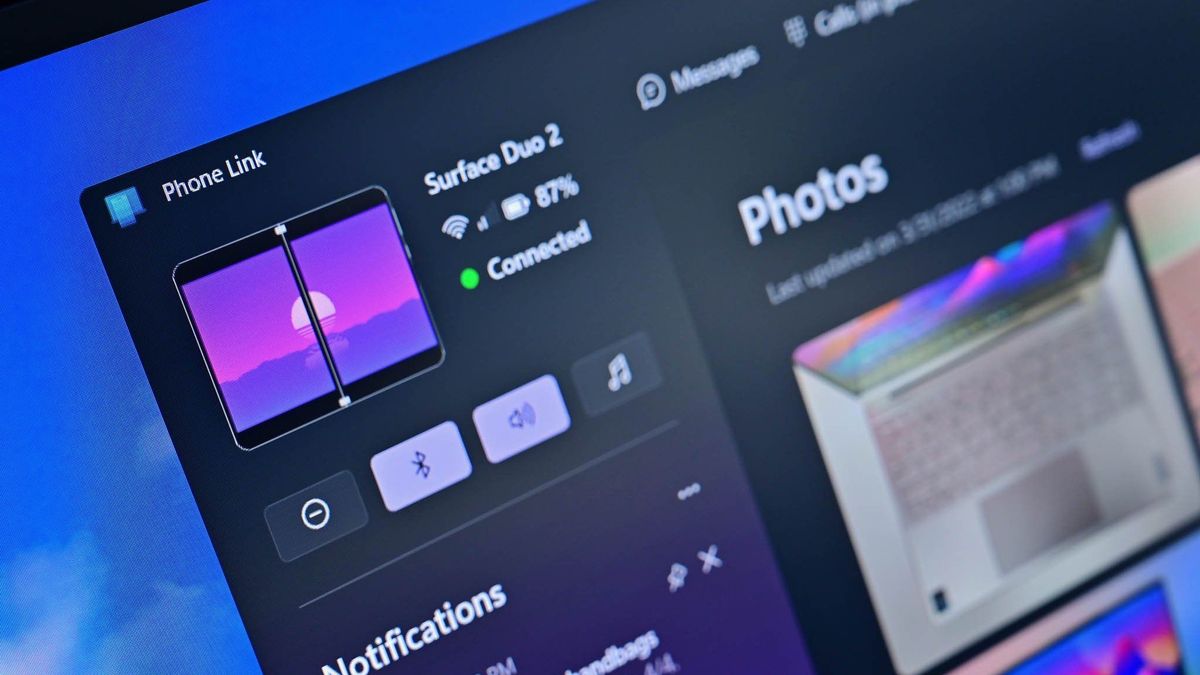

/cdn.vox-cdn.com/uploads/chorus_asset/file/25546355/intel_13900k_tomwarren__2_.jpg)



